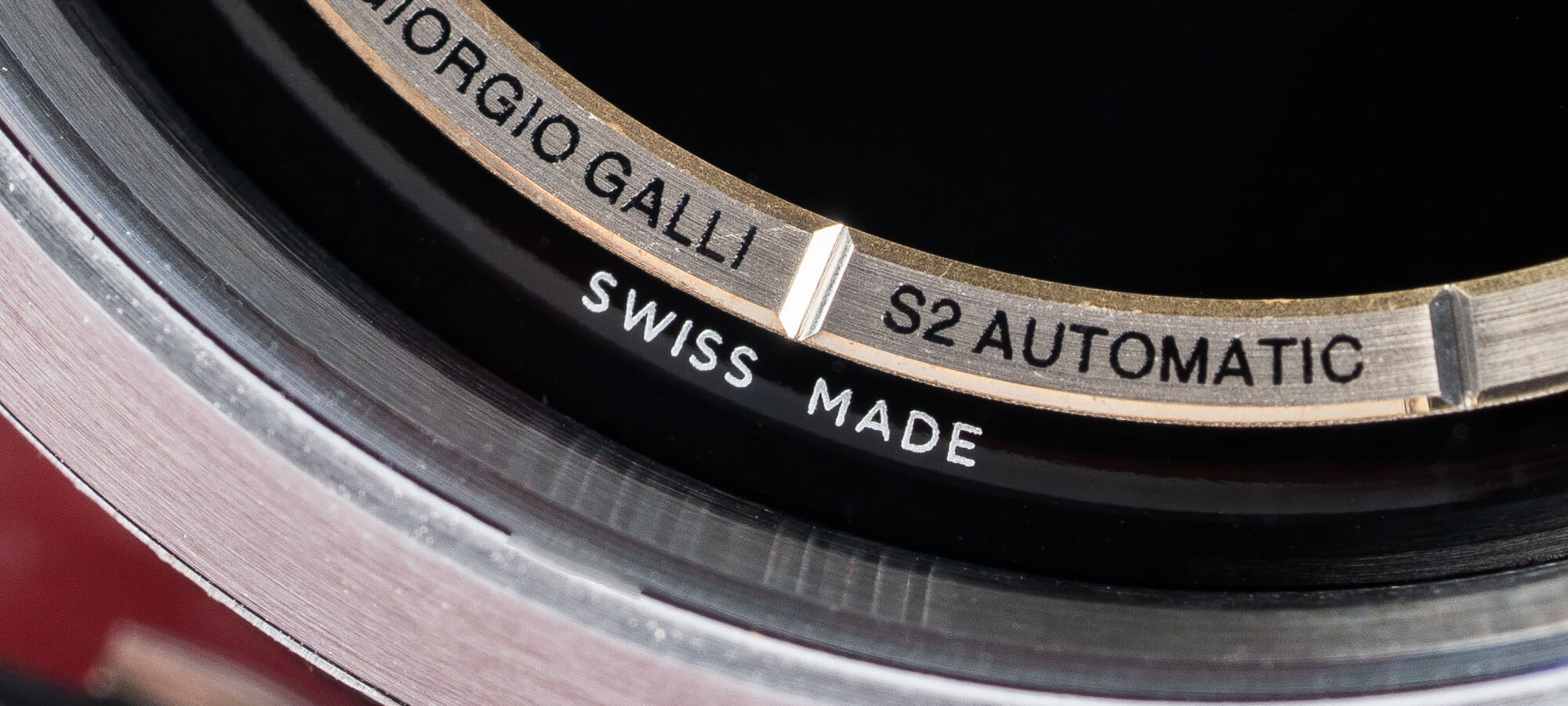
The traditional watch industry is currently in the midst of a long overdue overhaul and restructuring. One of the many things it will need to revisit is the importance and meaning of “Swiss Made.” The ubiquitous phrase has a long history and, some would argue, a murky presence. What few people seem to agree on is what the future of “Swiss Made” will or should be. I know enough to state here that it would take a book to write the complete history along with an analysis of “Swiss Made.” My concern, though, is with its meaning to the consumer, what the implied legal definition of the term is, and whether or not it is still worth the money to pay for “Swiss Made” products.
Wristwatches aren’t the only “Swiss Made” products out there. In many ways, “Swiss Made” is a sort of clever marketing tool created in collaboration with the Swiss government. A while ago, it was decided that “Swiss Made” should imply a certain level of design, presentation value, and absolutely no regard for pedestrian pricing (I jest, but only sort of). Products from chocolate to cheese and watches to medical equipment all have “Swiss Made” standards, though they vary considerably by category. What consumers need to know is that “Swiss Made” watches abide by entirely different rules than the other categories.
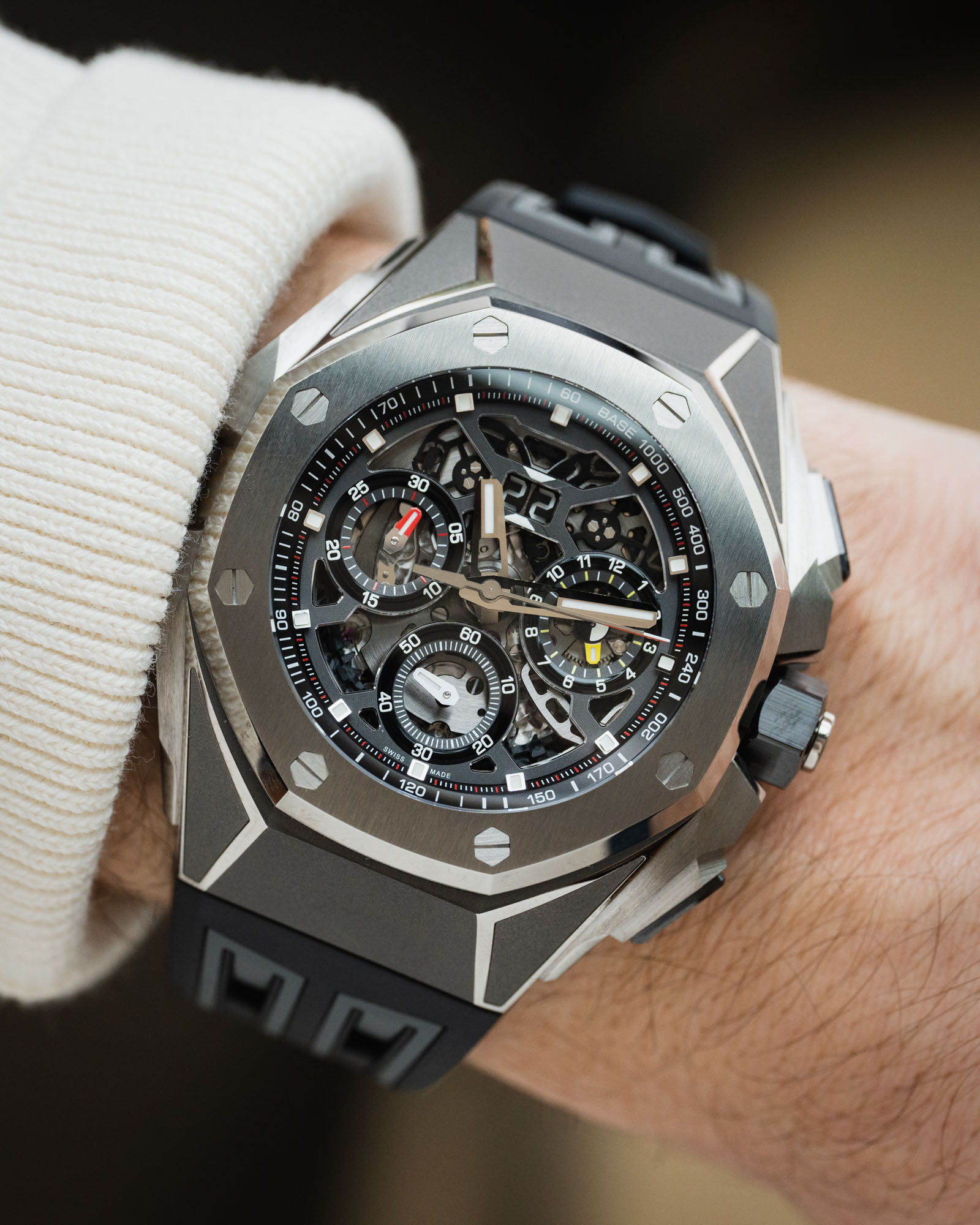
In 2017, particular interests in the watch industry were able to levy what are considered more stringent standards on what a “Swiss Made” watch legally means. You should read that article to get the details, and aBlogtoWatch further explained “Swiss Made” and the implications of the standard on watches here. “Swiss Made” for watches isn’t as stringent as “Made in America,” but it does mean that the majority of the value of a watch is derived from work done in Switzerland. Critically, what it does not mean is that the watches are 100% produced and assembled in Switzerland.
It is a good idea to mention that there is considerable disagreement among watch brands when it comes to what types of “Swiss Made” standards to abide by. Some argue that watches produced in Switzerland should be 100% produced there to protect the purest meaning of the term. These conservatives often argue that the health of the Swiss watch industry requires it and that it is unfair to consumers to state “Swiss Made” and offer anything less.
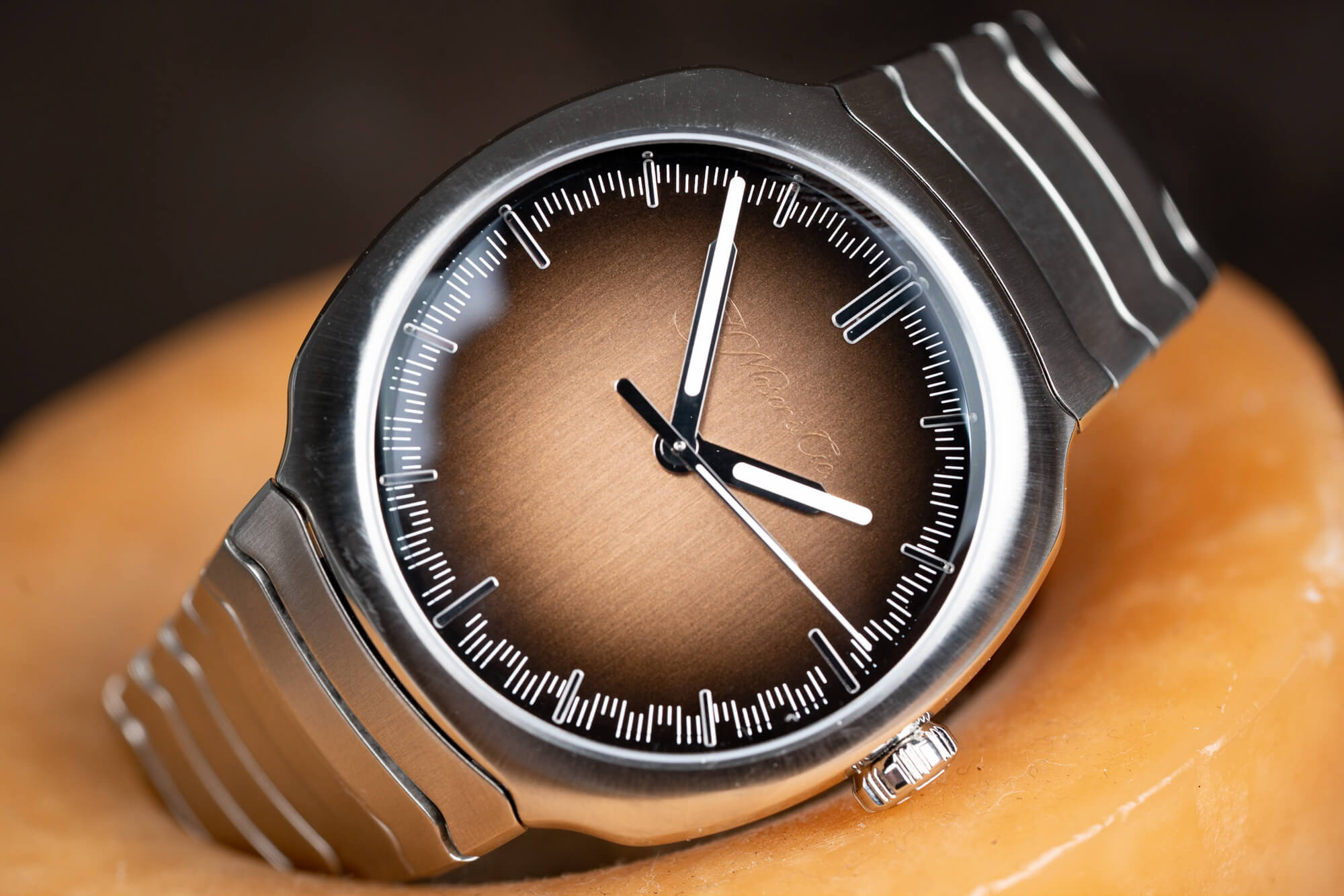
The more liberal viewpoint of “Swiss Made” is that modern businesses need to be competitive and adapt to contemporary business and manufacturing practices. They agree that “Swiss Made” watches should be “mostly” Swiss (especially when it comes to who profits from it), but they advocate for outsourced production on parts that can be easily and safely made in places with more capacity for producing large quantities of goods at low prices. As a result, various parts of Asia have long since been relied upon as manufacturing centers for watch parts — especially cases, bracelets, dials, and hands.
What both conservative and liberal stances on “Swiss Made” agree on is that “Swiss Made” watches should have movements that are made in Switzerland – even if the other parts of the watch are not. Even still, “Swiss Made” also doesn’t mean that all of the movement in a “Swiss Made” watch is entirely Swiss. The rules allow for a certain value of the parts to be produced elsewhere. With that said, it isn’t common for consumers to complain about the performance or beauty of the movements inside of their luxury watches because of where those parts may have been produced.
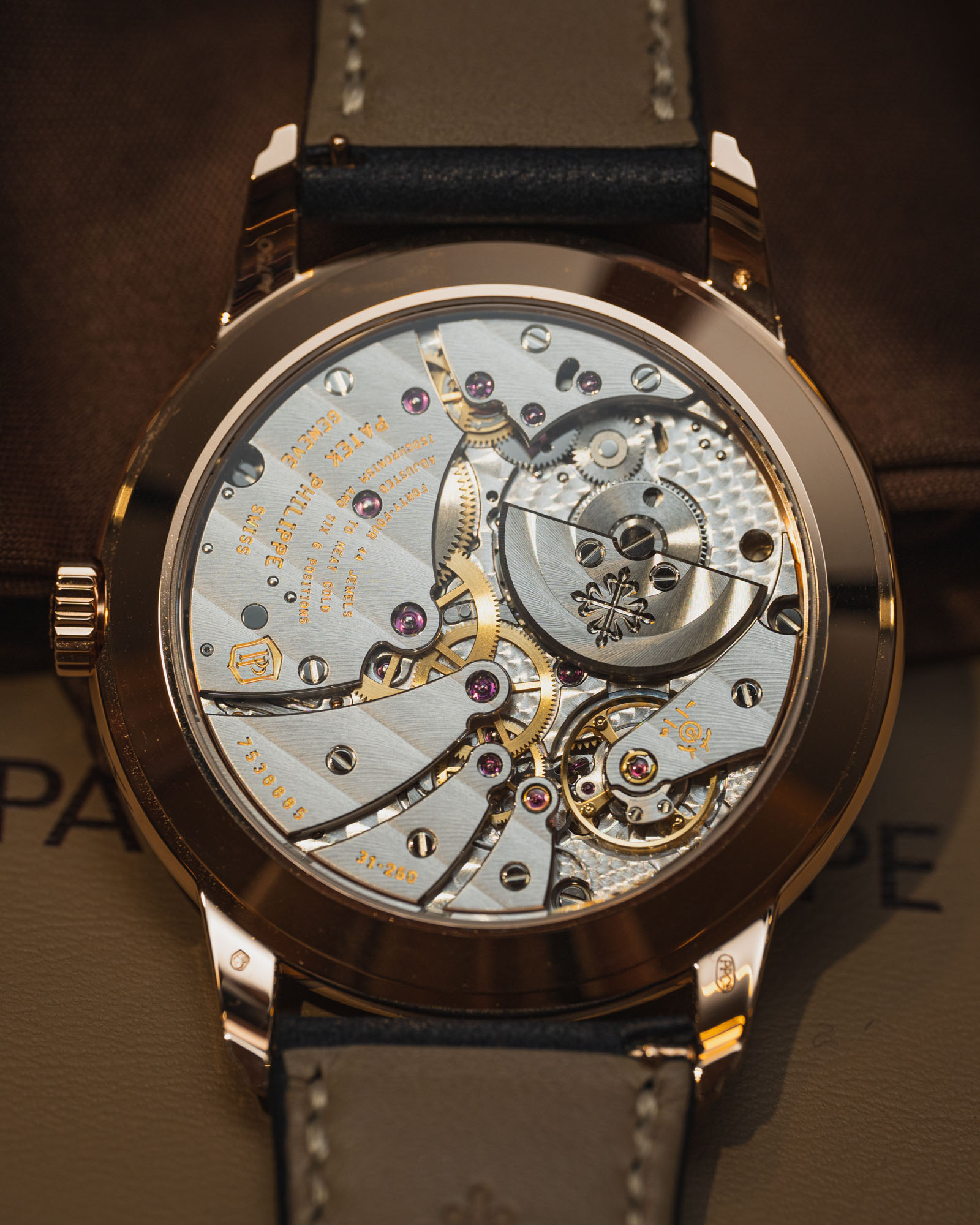 While everyone seems to want to root for “Swiss Made,” evidence tends to suggest its importance has changed over the years. One of the biggest complaints from consumers about “Swiss Made” watches is that they appear to be much more expensive than non-“Swiss Made” watches (with some notable exceptions, of course). True, the average price of a “Swiss Made” watch is much higher than watches produced in other parts of the world, namely Asia. Does that make Swiss watches better? Many agree that having a higher price alone does not make products any better.
While everyone seems to want to root for “Swiss Made,” evidence tends to suggest its importance has changed over the years. One of the biggest complaints from consumers about “Swiss Made” watches is that they appear to be much more expensive than non-“Swiss Made” watches (with some notable exceptions, of course). True, the average price of a “Swiss Made” watch is much higher than watches produced in other parts of the world, namely Asia. Does that make Swiss watches better? Many agree that having a higher price alone does not make products any better.
That said, marketers (including those in Switzerland) are all too familiar with something known as Veblen goods. These are goods whose popularity and demand appear to go up with their retail price. All companies who sell products would love for their items to be considered Veblen goods, but only certain luxury products have been able to successfully manipulate consumers in this way. Among them are spending areas like wine, antiques and vintage goods, art, and of course, high-end watches. Switzerland has more than its fair share of Velben goods, and it protects this status with a wall of secrecy.
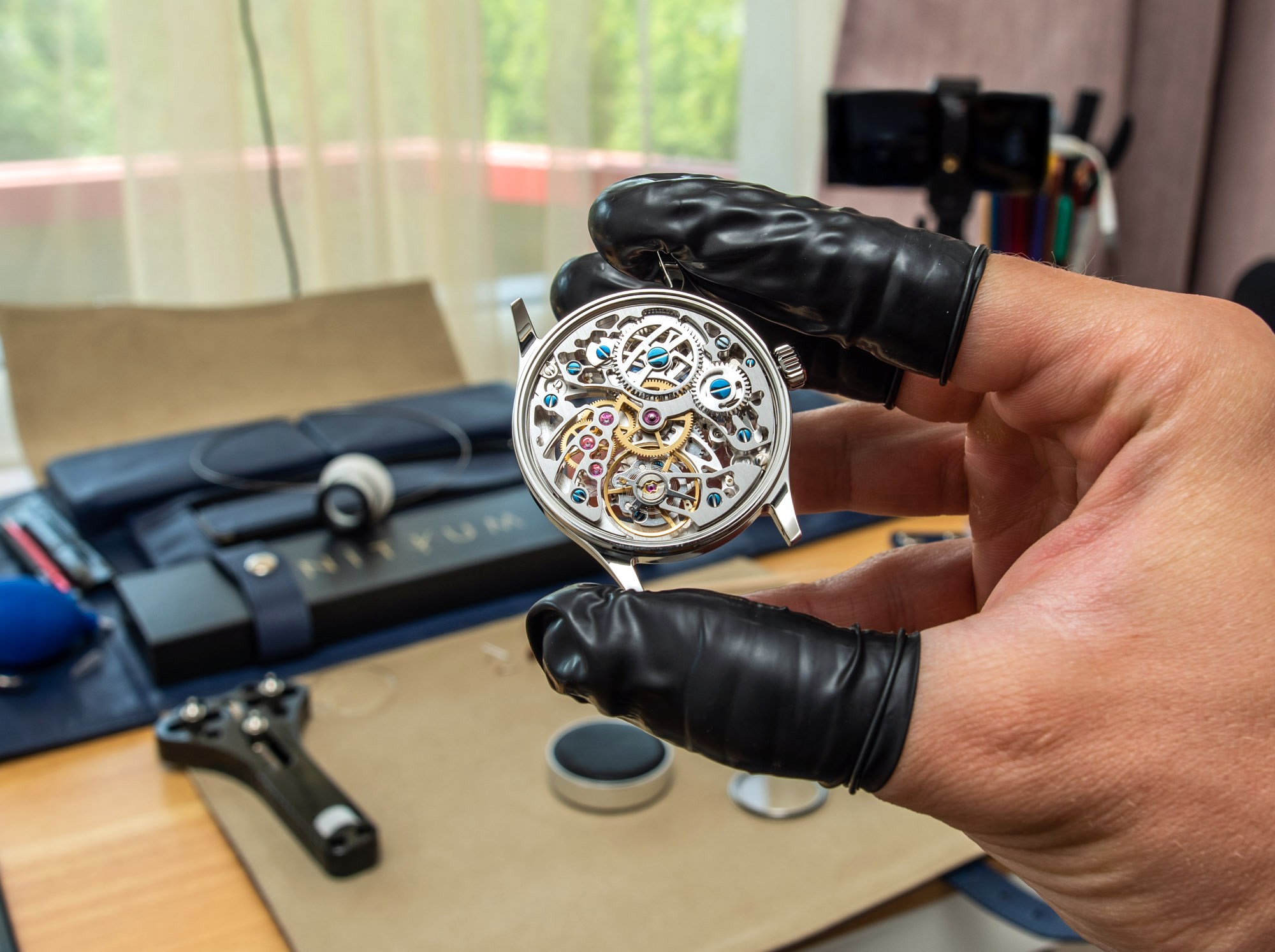
That isn’t to say that “Swiss Made” watches don’t often edge out the competition when it comes to quality and longevity. The reality of the situation is that most of the best watches in the world are made in Switzerland, and no one has as big an infrastructure to do so as the Swiss. Generations of watchmakers have given the Swiss people and many cities a history of watchmaking culture that allows Switzerland to authentically argue that watchmaking is in their blood.
Swiss watchmakers are sometimes known for making compelling arguments about Swiss pricing. A popular one includes the reality that the last 1% of product production, design, and manufacturing refinement can go for most of that product’s price. When it comes to attention to detail, quality, and beauty, Switzerland’s watch industry makes more good watches than anyone else. Of course, not all the watches are winners.
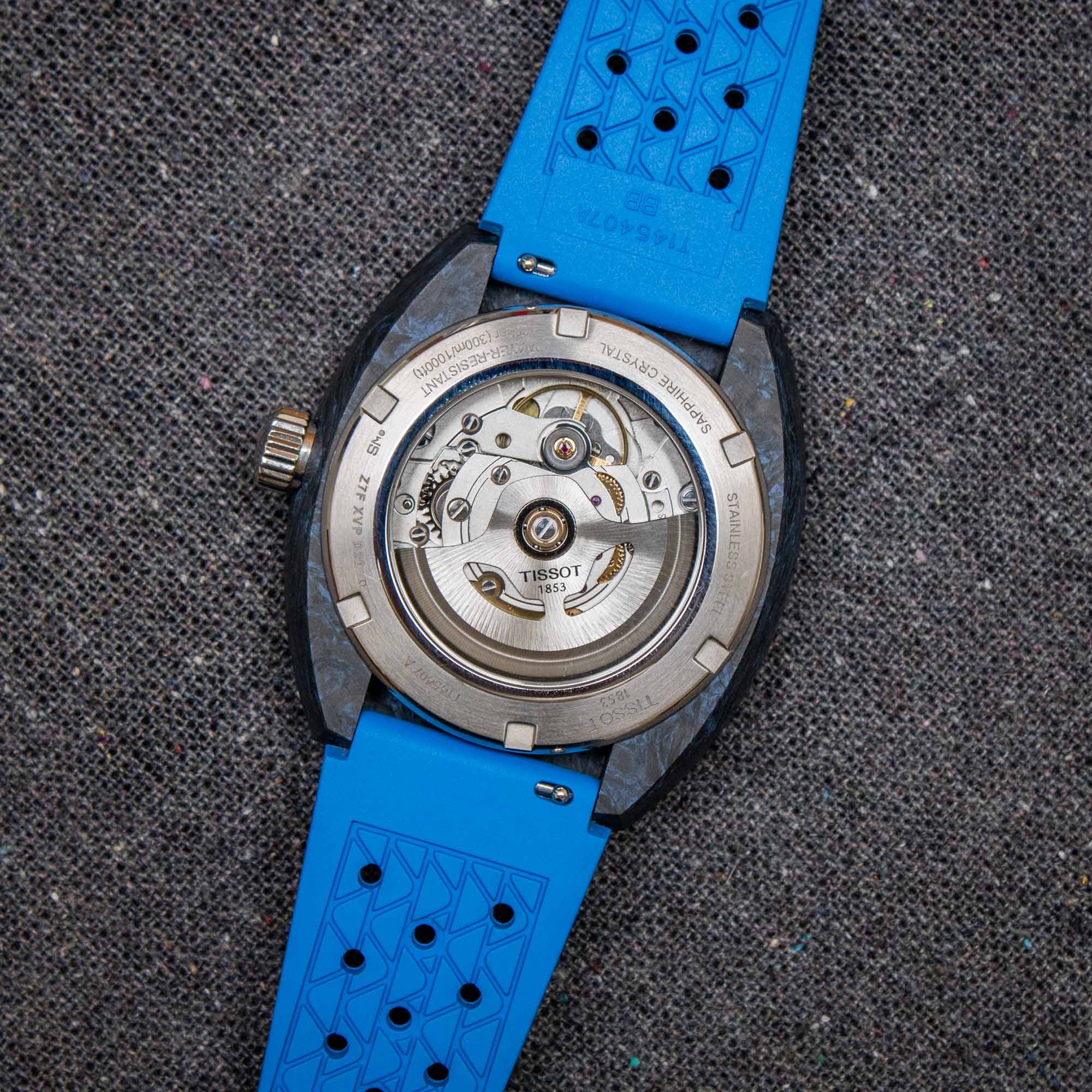
Switzerland is also a very expensive place to make anything. In an article on Switzerland’s watchmaking culture, I talked about this in more detail. Suffice it to say that Switzerland’s famously high base salaries for even the most entry-level jobs are high simply because the cost of living in Switzerland is so famously high. It follows, then, that labor in Switzerland costs a fortune. A common tactic to combat this harsh economic reality is the fact that most of the Swiss watchmaking industry is located on Switzerland’s border with France and Italy. Being located so close to the borders allows watchmaking to happen in Switzerland, but employees who can afford to take home a bit less income because they live across the border in another country.
This isn’t to say that Swiss watchmakers use low-quality labor. Good watchmakers are born everywhere, and it’s just a matter of training and being able to have a calm temperament for hours of relatively routine, precise work. Even though complicated items such as mechanical watches are effectively industrialized, there can be thousands of steps and many hours of human attention required to make a single timepiece. In instances where the high retail price of a “Swiss Made” watch isn’t an exaggeration of its actual value, most of what a customer is paying for is the time and attention of some of the most patient, well-trained, and dedicated watchmakers and technicians in the world (who also happen to come with high per-hour wage requirements).

Unfortunately for consumers, “Swiss Made” watches don’t need to be either pretty or a good value to earn the label. There is no authority in Switzerland checking to make sure Swiss Made watches would earn a proud watchmaker’s seal of approval. More so, overpriced “Swiss Made” watches are routinely clogging an otherwise attractive marketplace for lovely hand-crafted, mechanical wearable art. It is further a reality that earning a “Swiss Made” label has never been easier. While it is a daunting process to enter the industry as an outsider and expect to get a watch made, there are plenty of agencies and companies willing to do the hard work for only modest markups.
This means that one “Swiss Made” watch could be excellent and embody everything you may fantasize a “Swiss Made” watch should be; or it could be a disappointing, relatively low-quality construction and design that only technically meets the legal standards to permit the printed use of the “Swiss Made” term on the product’s dial. “Buyer Beware” is a reality when it comes to “Swiss Made” watches, and unfortunately the Swiss watch industry doesn’t seem to be doing much about it. The biggest gambit was Swatch Group’s ETA movement company pursuing the decision to fight with the anti-monopoly arm of the Swiss government. The reason was to give them the choice not to sell Swiss movements to brands they felt would sully the good name of Swiss watches by putting their movements in cases made outside of the country. At least, that was the official story.
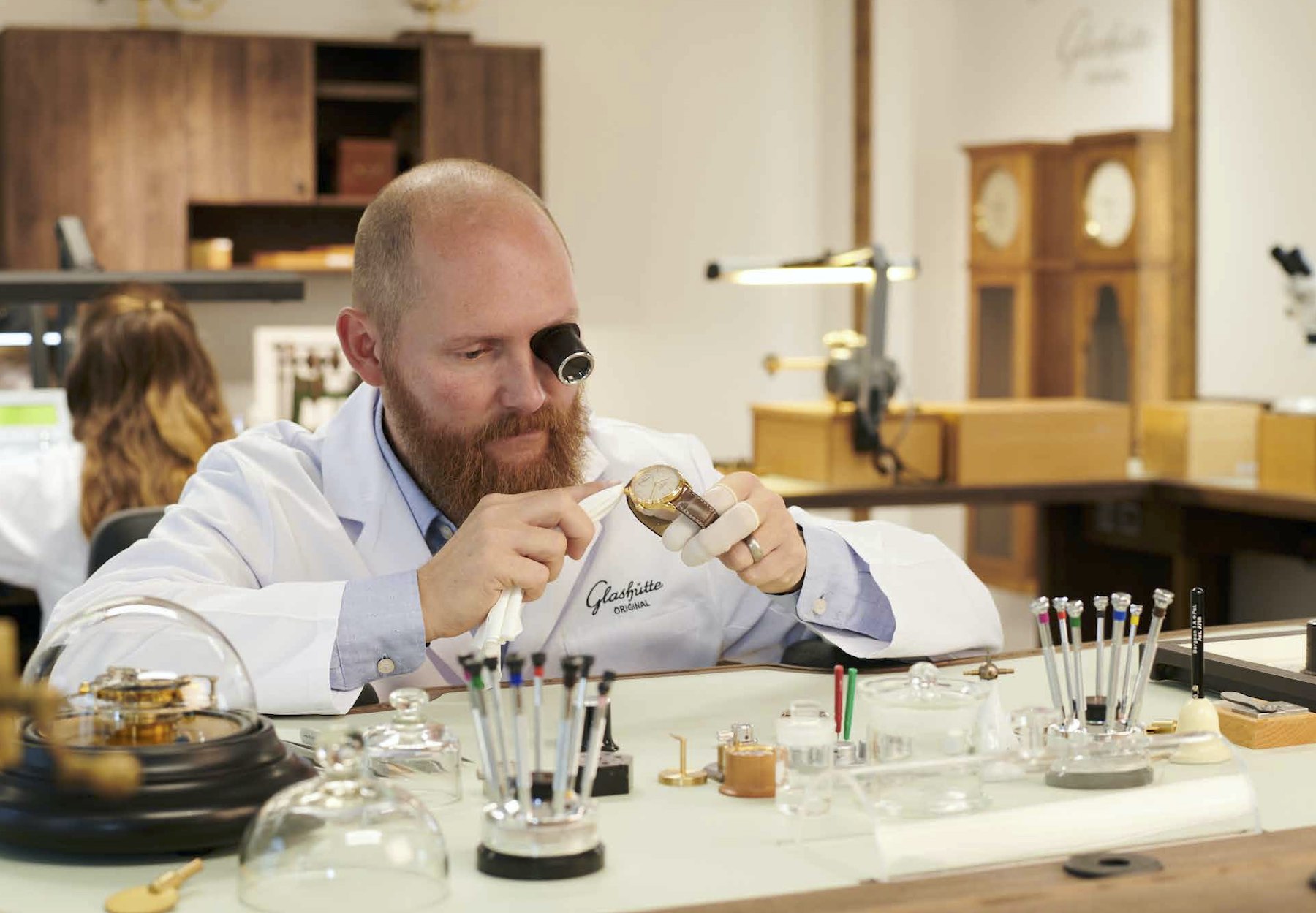
Probe deeper into the politics of the watch industry, and a lot of details emerge that complicate matters. Knowing this makes it even more challenging to ask who is trying to strengthen “Swiss Made” and who is merely acting as any company would to protect their business interests. In any event, the Swatch Group’s decision to restrict movements to outside brands did likely have a positive effect on protecting the perceived value of watches with ETA movements in them, which have gained a bit in prestige over the last few years (collectors were once hard on them for being too common and too generic). Today, other companies in Switzerland have been able to use expired patents and movement designs to produce “ETA movement space” compatible mechanical movements that continue to feed “Swiss Made” movements to many companies that wish to purchase them for use in their “Swiss Made” watches.
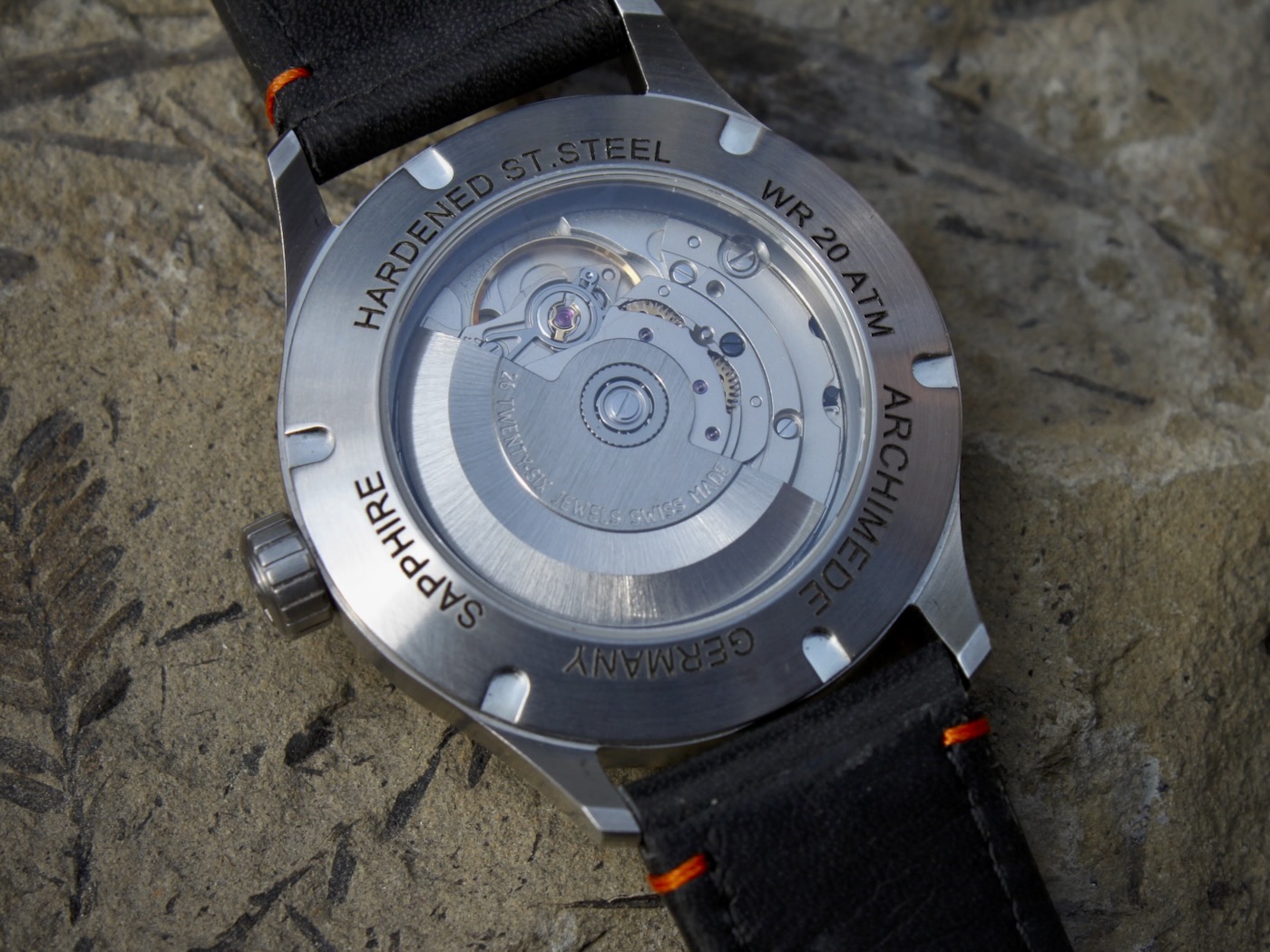
Many retailers who sell watches recall a time when “Swiss Made” was in many instances all you needed to persuade a consumer to buy a timepiece. In more recent years, the sheer influx of watches with the Swiss Made name on the dial, and price differences of sometimes hundreds of thousands of dollars, have made many consumers positive, but also lukewarm about what “Swiss Made” means. To many consumers not familiar with wristwatch selections, “Swiss Made” these days often has little product association. Switzerland hasn’t been particularly active in marketing “Swiss Made” outside of tourist areas already located within Switzerland. Outside of visitors to Switzerland, the country hasn’t been particularly evangelical in promoting the values of “Swiss Made” and its implications for the discerning consumer.
There is no one way for a novice watch lover to immediately identify the best of the Swiss Made watch brands. In recent years, many watch brands invested in producing their own movements, partially because they felt doing so would increase their perceived value with consumers. This tactic backfired in many ways because it caused already expensive products to shoot up in price even more — levels that today’s watch industry leaders have realized were far too high for global demand to consume.
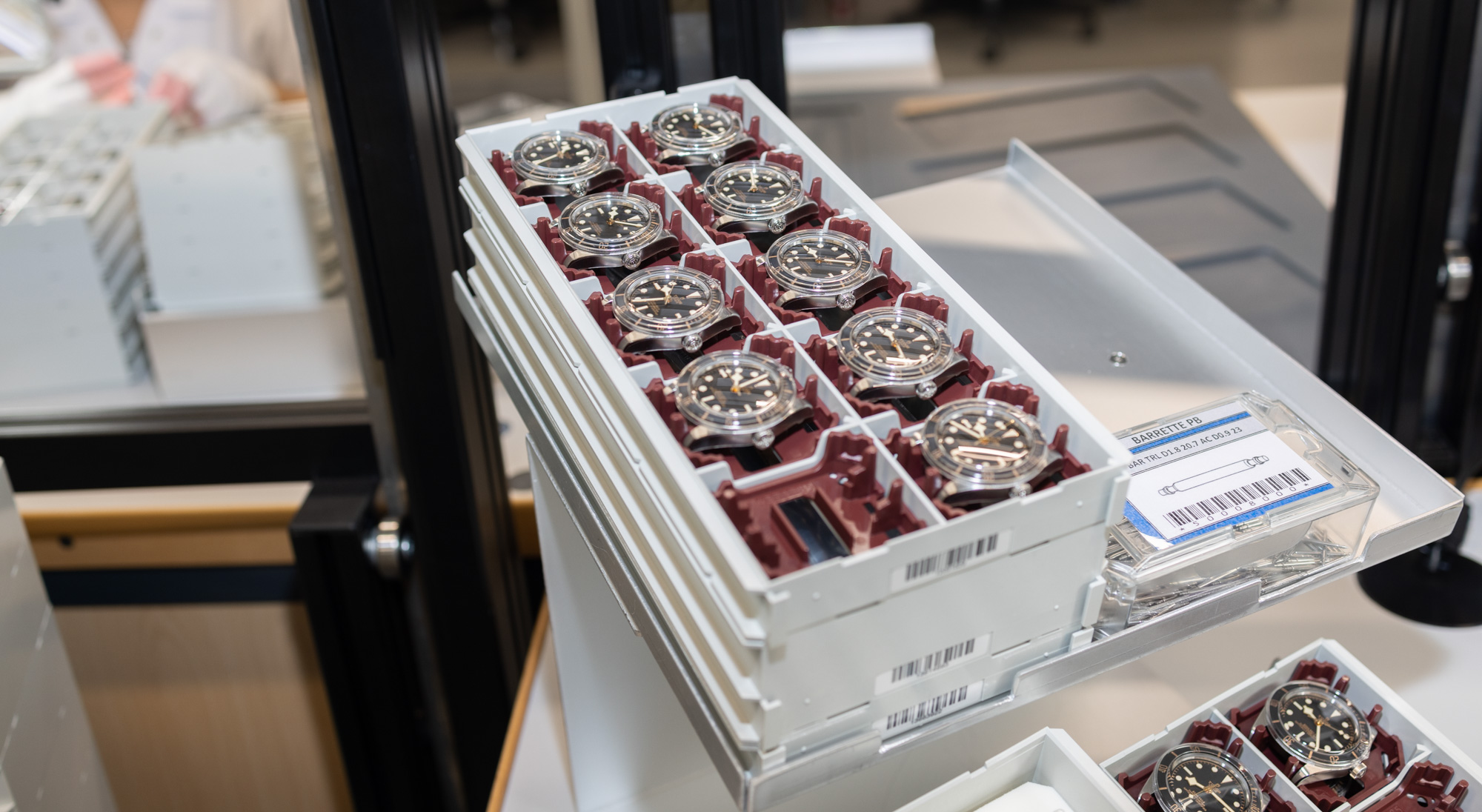
The biggest corporate entities that own Swiss watchmakers are the Swatch Group, Richemont Group, LVMH, and the Kering Group. Companies like Rolex, Patek Philippe, Chopard, Audemars Piguet, and others are either independent or family-owned and -operated. The many other brands typically have various forms of private ownership. It is often considered a “safe” bet to purchase a “Swiss Made” watch from one of the above companies because they are traditionally known for making watches in Switzerland and have, for the most part, existed for so long.
There’s a variety of start-up and niche luxury Swiss watch brands that are doing the majority of their manufacturing and development in Switzerland. In many ways, these are the “most” Swiss Made watches because it is often entirely local people, using local suppliers, inspired by local art and culture. But high-end watches from small companies are serious investments of time and craft (with accompanying prices). There is likely more worry about the “Swissness” of budget leaders.
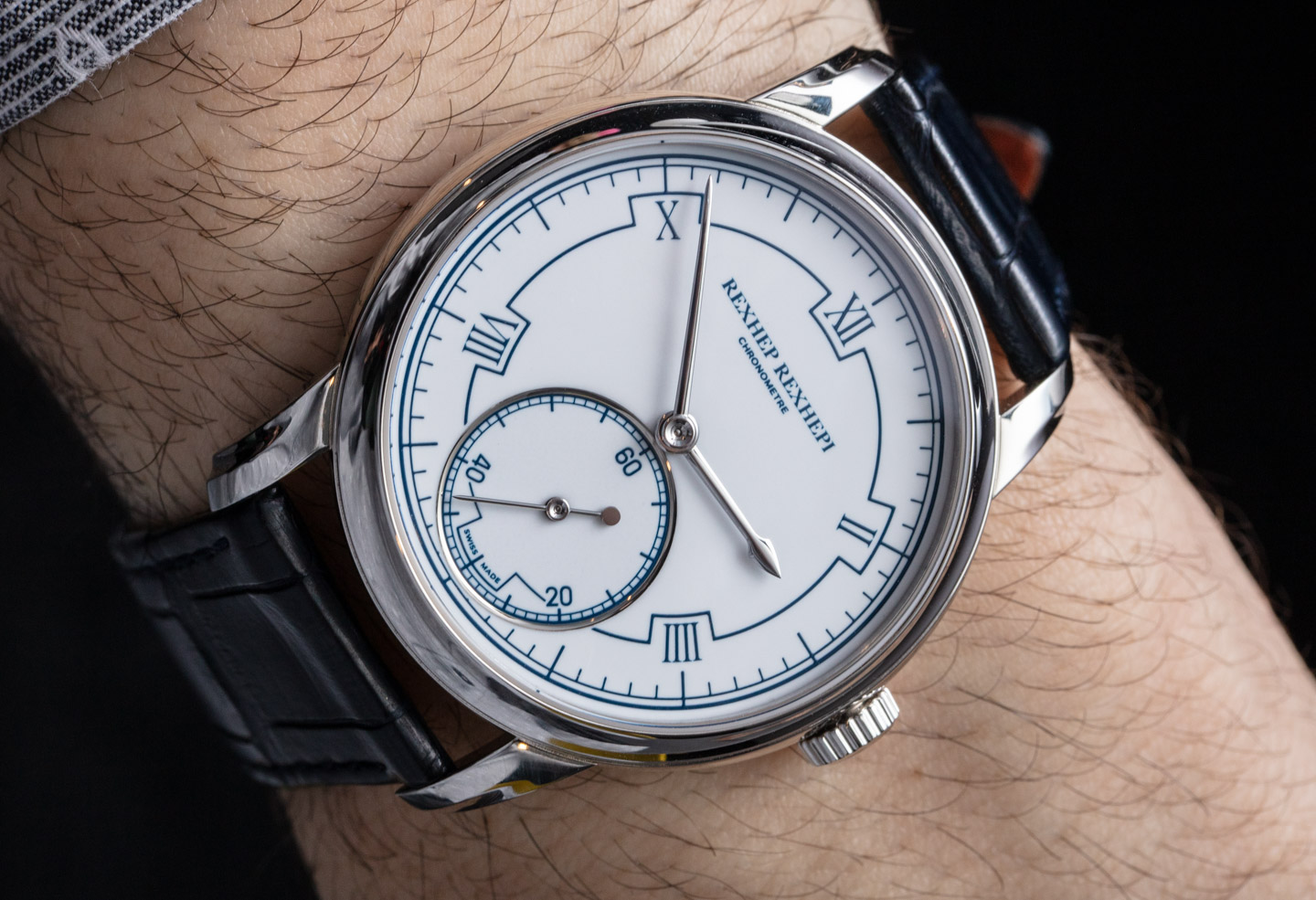
If “Swiss Made” watches are best when they are produced like authentic luxury goods, then what does a mainstream “Swiss Made” watch look like? Companies within The Swatch Group and Rolex demonstrate that while you can mass-produce “Swiss Made” watches, in a lot of instances, they are still going to be expensive to purchase. Many other companies find methods to keep costs down, and much of their manufacturing and development is overseas. Not that there is anything wrong with that, but compared to the most conservative companies, these products are mainly interested in “Swiss Made” as a value proposition to consumers. If they could charge as much money for the same product and produce it elsewhere, no sentimental relationship to the notion of “Swiss Made” would prevent any company from opting for the most reasonably priced manufacturing location.
Japanese and other Asian-made watches are typically where the lowest prices are located for a high-value product. You can get a lot of bang for your buck, and in many instances, a superior product than a similarly priced (if there even is one) “Swiss Made” watch. What many non-Swiss watches lack, however, is the refined branding flair and panache for showmanship and pomp that generations of high society have afforded the managers of Switzerland’s elite watch brands. The agreement among many of the world’s most sophisticated watch collectors is that despite their price, Switzerland’s finest watches are probably the best in the world. If not, the country produces an awful lot of them.
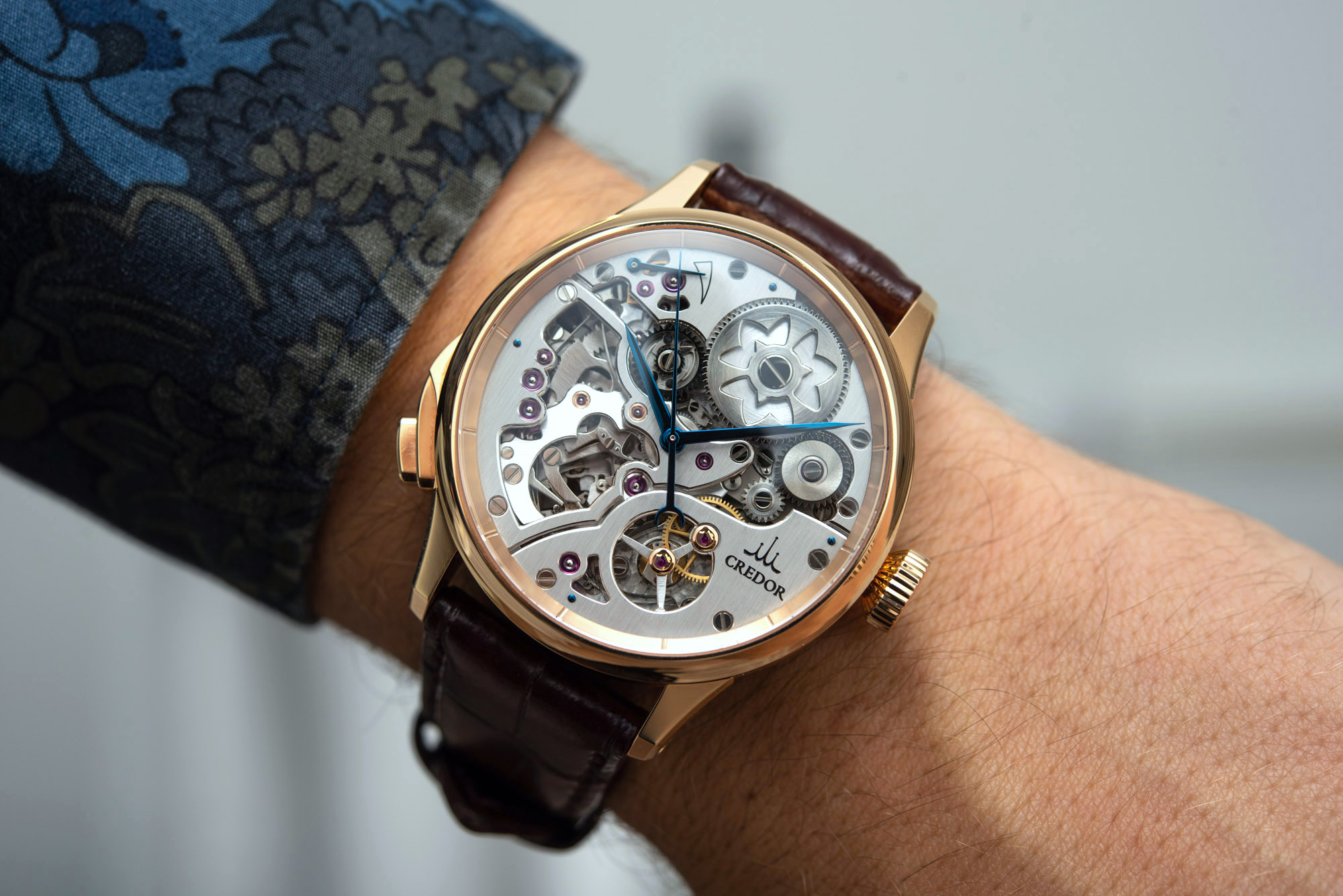
Today, “Swiss Made” doesn’t make a specific enough argument about the product it is attempting to represent. There are some very good “Swiss Made” things, and others that probably aren’t worth the price for an average self-respecting consumer. The reality of what a “product made in Switzerland” actually is can be very impressive; such qualities do not automatically translate to any item with Swiss Made on the dial.
To combat this, other seals, symbols, and titles exist and are used by various watch brands as a testament to their quality. One of the most famous of which in the luxury timepiece industry is the “Seal of Geneva,” which is a more exacting measure of provenance and quality. Some of the most exclusive watch brands in Switzerland have actually started to exclude the “Swiss Made” term on their watch dials despite easily being able to claim it. They do this as a silent protest against what they see as a symbol that does not adequately represent the nature of their product. Some might consider this a bit snobby, but such is the currency in Veblen goods.
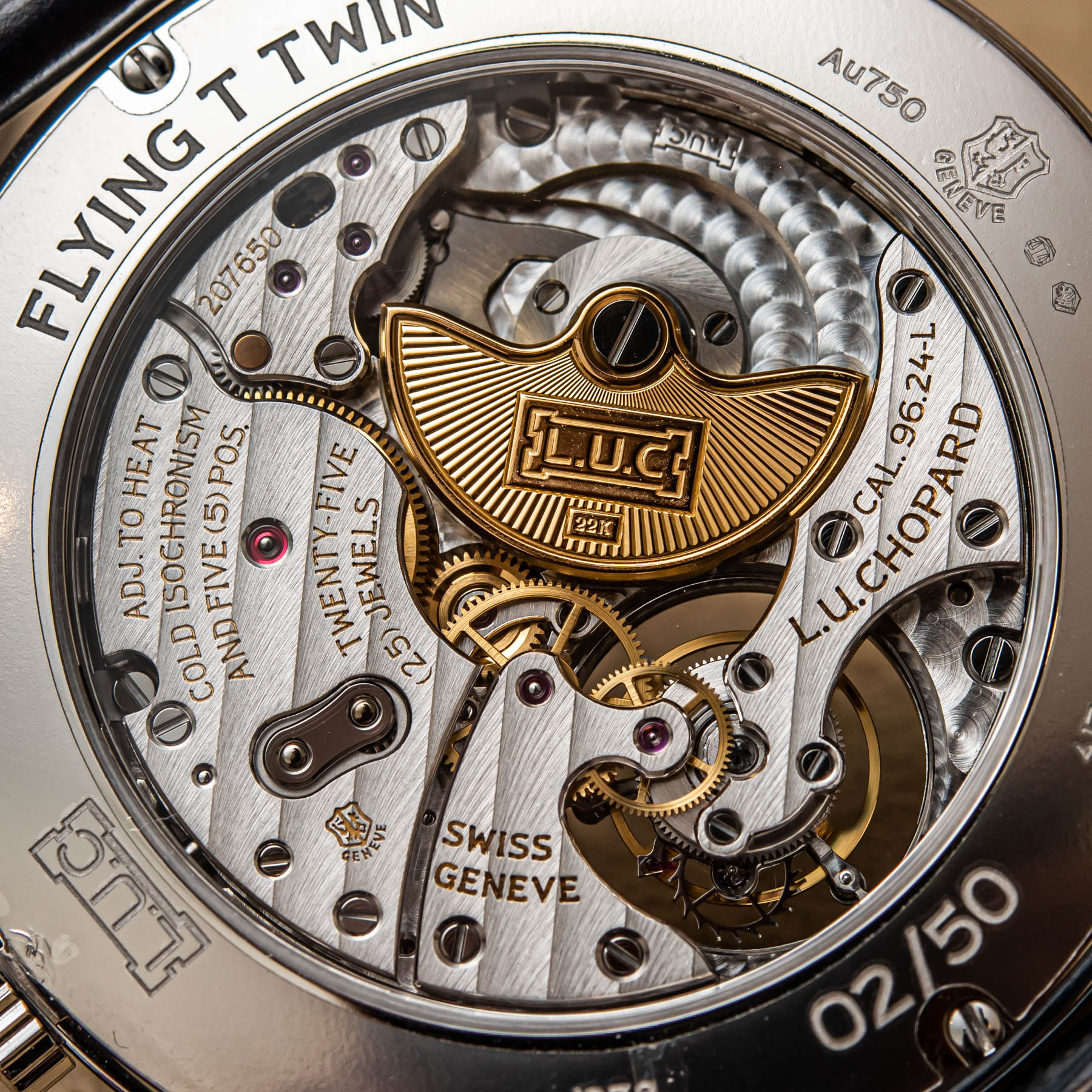
My current feeling about “Swiss Made” is that the term continues to have future potential but currently encompasses too many Swiss and not-so-Swiss products. It isn’t just a matter of country of origin. More so, and in particular when it comes to watches, “Swiss Made” at its best is an indication of a product that was the result of a certain culture, the Swiss watchmaking culture, and without always ensuring that the resulting product is a real part of it, I don’t think “Swiss Made” is going to have as much impact on watch consumer decisions as it could. It’s up to the buyer to research each potential brand and product before purchasing. It isn’t that a good watch needs to have a “Swiss Made” label, but, indeed, not all Swiss Made watches are automatically at the value of a complete Swiss Made product. And, as a consumer, you can quickly spend an undue amount of money on something, thinking it’s more than it really is.

